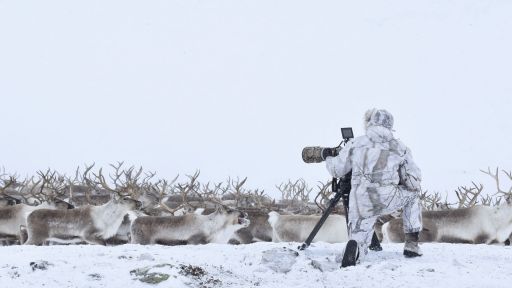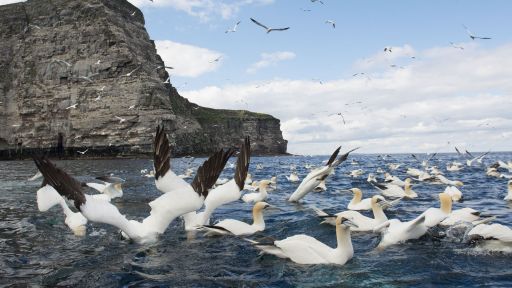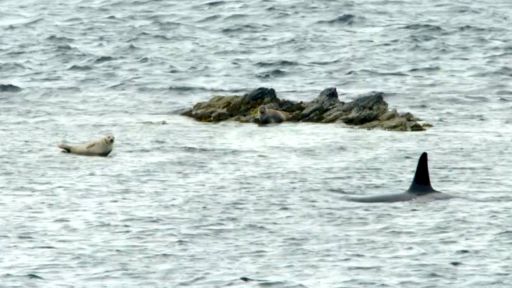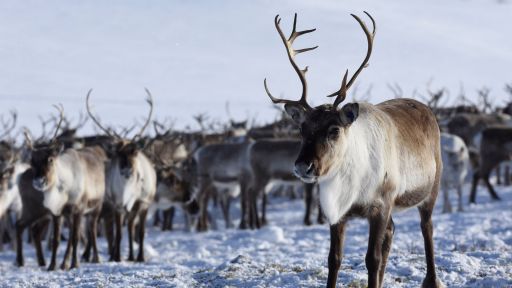Experience the natural world through the eyes of the Vikings, when nature meets history in a journey showcasing the wildlife of the North Atlantic. Combining blue-chip natural history filmmaking and dramatic re-creations, Nature travels from Norway to Newfoundland, just as the seafaring warriors did in 1,000 A.D., to get a glimpse of the Vikings’ world in the Americas hundreds of years before Columbus. It was a time when Vikings ruled the northern seas when their only compass and guide were the ravens in the sky and the killer whales pushing through the icy waters.
Witness the deep history and cultural respect the Vikings had for the land and sea, from the puffins and otters of the Scottish coast to the vast herds of reindeer in Norway to the eider duck farms of Iceland. Discover how the Vikings practiced the true spirit of the Wild Way of the Vikings – take everything that you need from nature, but value it for as long as you can. Ewan McGregor narrates.
Noteworthy Facts:
- Archaeological records reveal that fish often made up more than 25 percent of the Viking diet.
- The Shetland Islands are well beyond the swimming range of animals in Norway and Scotland. Some experts believe that the Vikings first brought otters to the Islands.
- Young gannets were prized by the Vikings as tender meat. However, they are protected by dagger-like bills more than six inches long and a six-foot wingspan that can fold up and dive down to depths of 20 feet or more.
- By the year 874 A.D., Viking colonists reached the island of Iceland. Only one other land mammal had colonized this savage landscape beforehand: the Arctic fox. Arctic foxes can exist in temperatures of -70 degrees because of their incredibly dense, warm fur. Vikings used fox fur for clothing, bedding and as a valuable trading commodity.
- The raven is a major character in Norse mythology – Odin the all-father god was allegedly attended by two ravens called Hugin and Munin that flew around the world to bring news of the ways of men. The world’s largest crow would have been a familiar sight to the Vikings, as they are happy to scavenge amongst carcasses.
Buzzworthy Moments:
- Reindeer are perhaps the single most significant wild animal for the early Vikings. Every part of the animal was used and hunting them was a regular activity. When spooked, the reindeer herd bands together in a swirling melee designed to confuse any predator. This phenomenon is captured on camera in a striking overhead sequence.
- Seals were also special to the Vikings. They provided clothing, footwear and rope for rigging, as well as food. Orcas also value seals for their high nutritional value. One scene depicts just how careful and crafty an orca pod can get when hunting seals. Two members of the pod use tail slaps to flush out the hiding seals, while another pair follows silently behind to complete the capture.
- Prized above all other birds, the white gyrfalcon was a cornerstone of the far westerly Viking economy for two centuries. Gyrfalcons are the largest and heaviest members of the falcon family and they can reach speeds of 90 mph in level flight. Historical and archaeological evidence reveals that the Vikings sustainably caught young gyrfalcons and then traded them to be used in falconry, one of their most popular sports. A reenactment scene depicts gyrfalcons in action.




